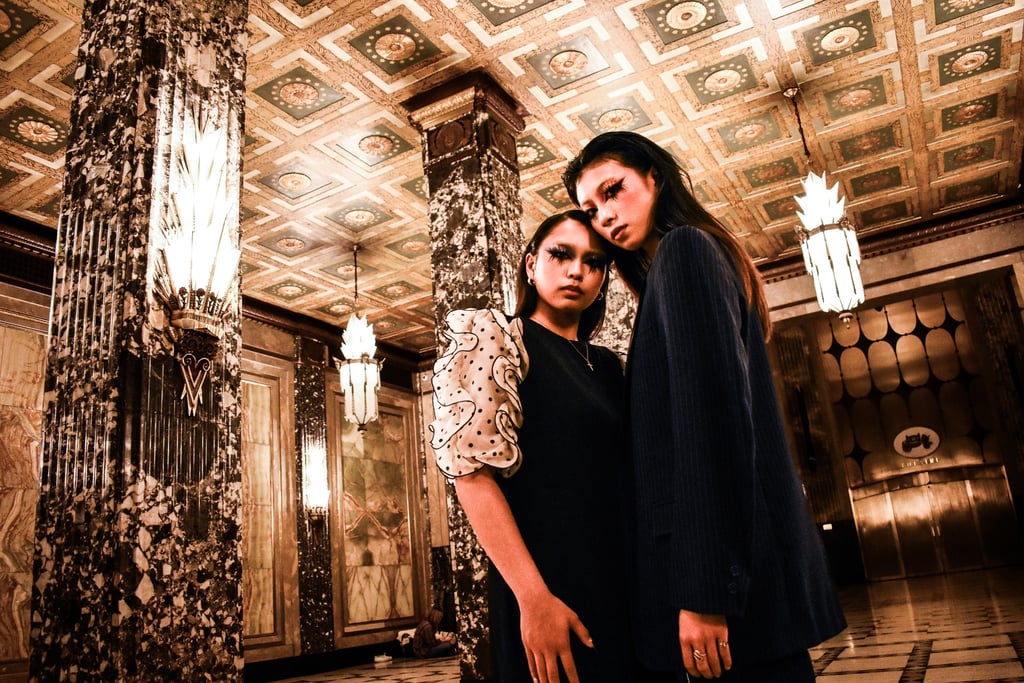The Erotic Allure of Helmut Newton
By Kitty Quinn, Photographed by Milan Lazovski, Makeup by Kitty Quinn, Models: Joie Fuertez and Katie Song
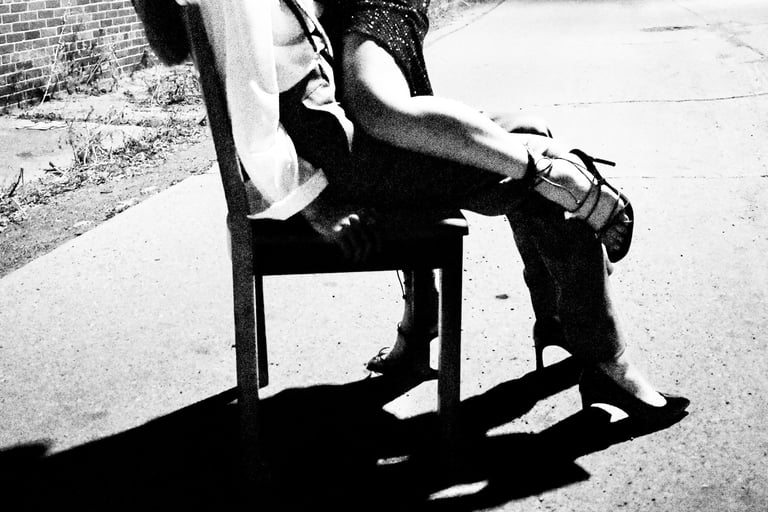

It’s no secret that sex sells— and in the world of fashion, this ideology is glaringly clear. There is a relationship between clothing and the human body; an almost playful, erotic appeal that is especially seen within high fashion editorials. This portrayal of women, sex, and clothing has only become increasingly more popular throughout time thanks to pioneering photographers such as Helmut Newton. In honor of Newton’s birthday on October 31st, Starmaker Machine wanted to honor the creative mind that has not only broken boundaries for the fashion and photography industries but has also provided endless inspiration for our own creative approaches. If you haven’t heard of his name before, you have most definitely seen his photography and its everlasting impact on the industry.
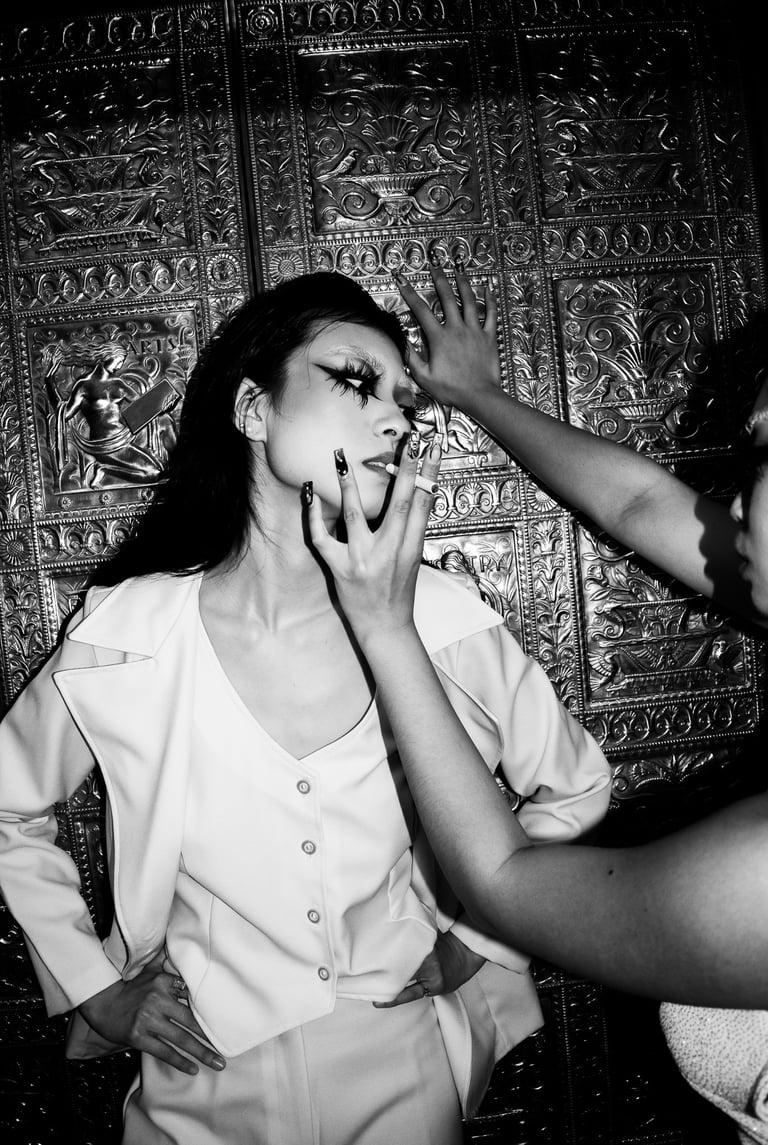

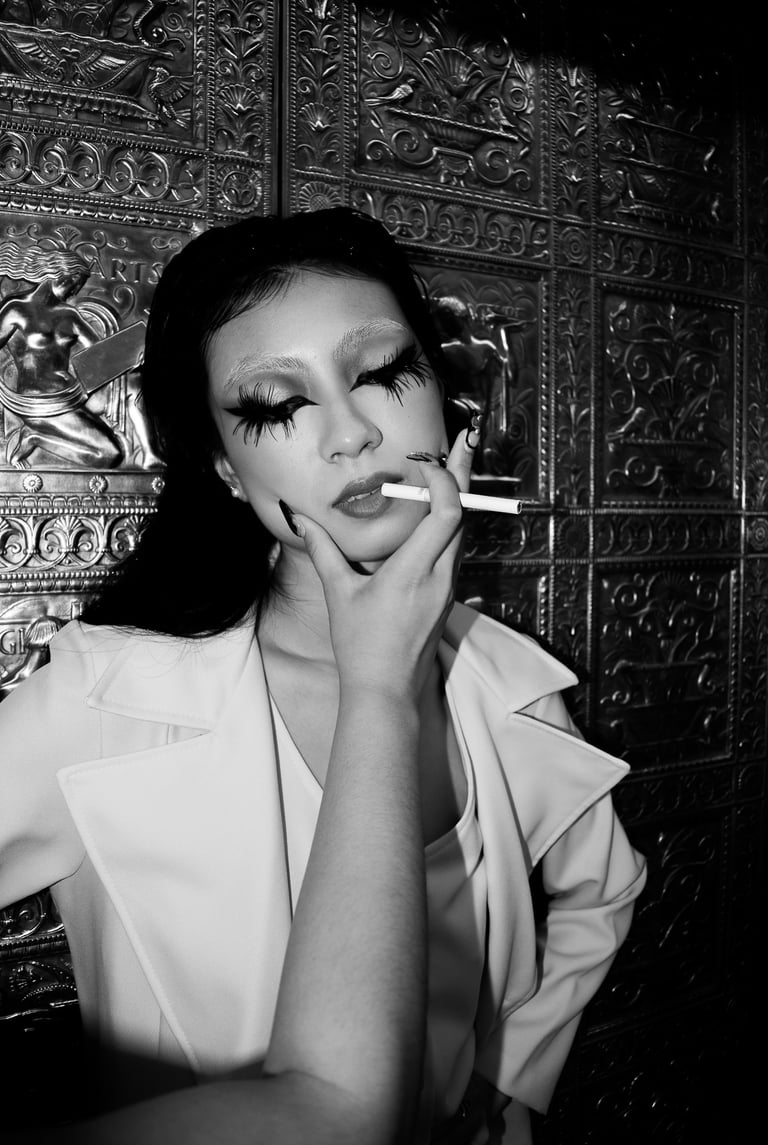

Born Helmut Neustädter to a Jewish family in Berlin during the 1920s, Newton expressed an interest in creative photography from a young age. Though his family owned and operated a button company, it was clear that Newton’s path was something on its own when he began working as an apprentice for photographer Else “Yva” Neuländer Simon. However, due to increasing tensions prior to the start of World War II, Newton and his family were forced to flee Germany in 1938 and begin new lives in Singapore. Here, Newton was able to work as a photographer for a local magazine before he was eventually sent to Australia where he would later become a legal citizen. During the post-war years, Newton set up a studio and began working in fashion, theater, and industrial photography. By 1948, a decade after fleeing Germany, Newton married his wife June, a fellow photographer professionally known as Alice Springs. Newton’s work did not begin to gain any traction until the late 1950s when he started working with French and British Vogue, Playboy, and Elle Magazine.
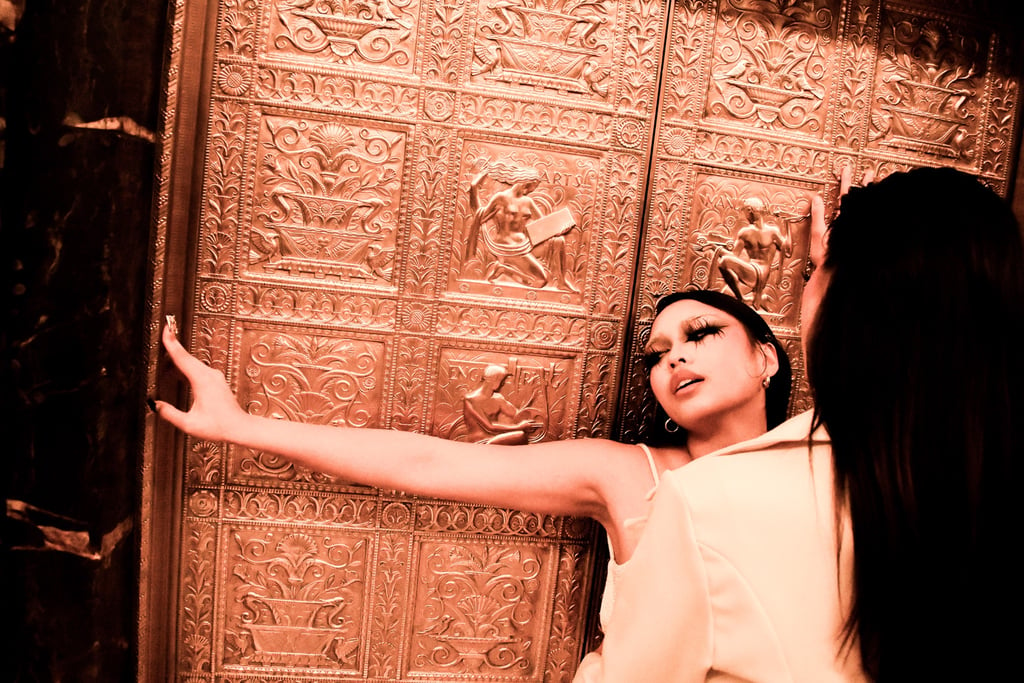

Despite this work with bigger names, Newton's photography only began to be seen within mainstream media through his partnerships with fashion houses such as Yves Saint Laurent and Chanel— i.e. Le Smoking campaign, 1975. Newton became renowned for his distinct style of depicting women nude or bespoke in fetish wear. He believed that the women he photographed were strong and resilient and particularly enjoyed using the nude female body as a symbol of the strength of women. Though proving to be controversial, the portrayal of women in this way had not yet been seen before— especially considering that his work only began to gain any critical and social acclaim during the early sexual revolution.
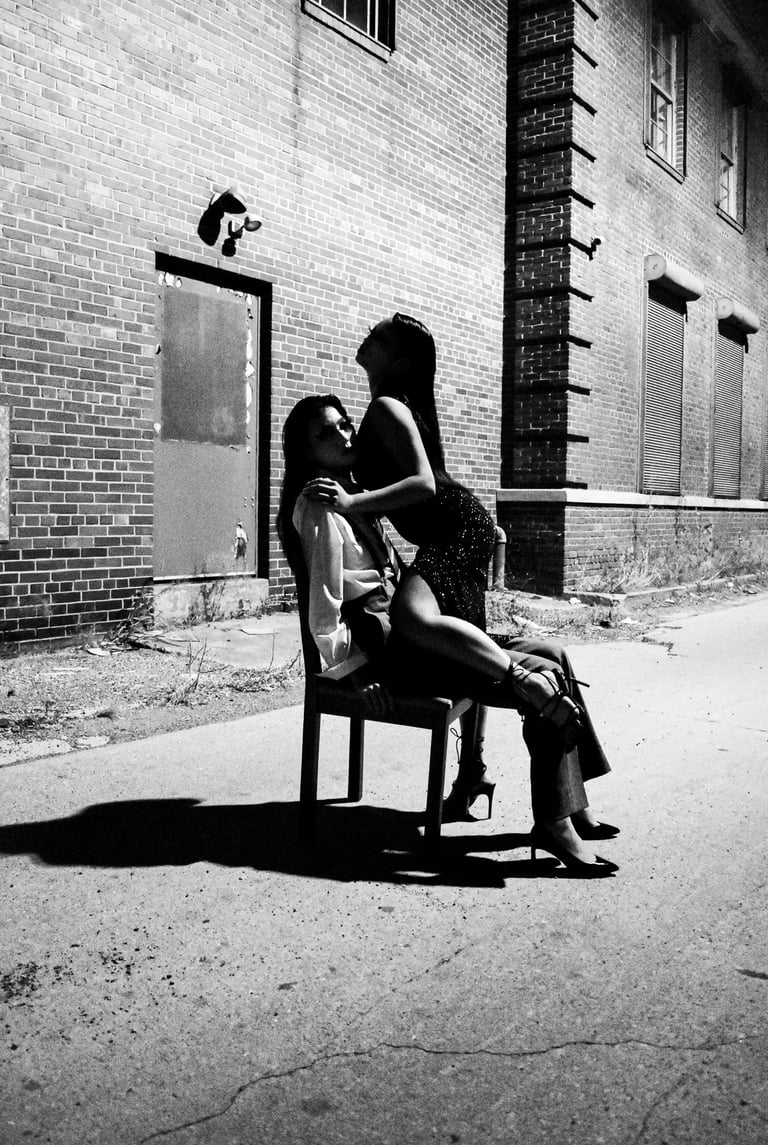

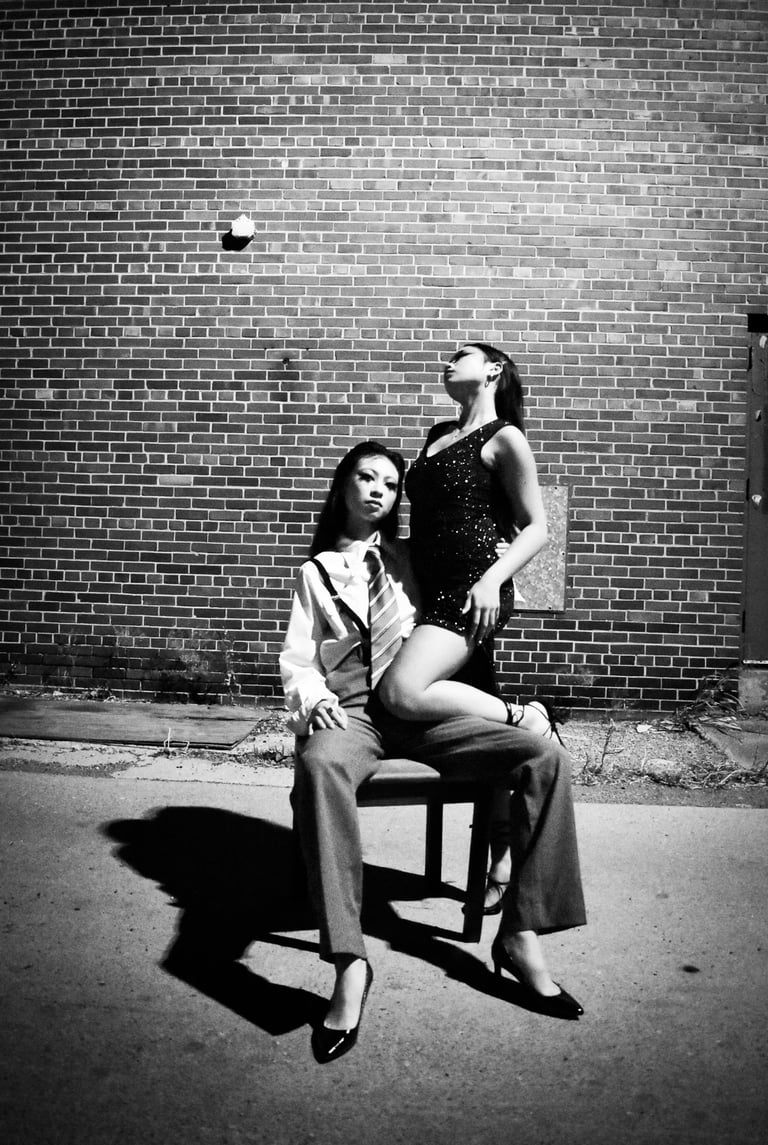

Newton was most certainly not afraid to take risks within his art, taking confident strides across the tightrope between tasteful erotica and pornography that eventually cemented him as the iconic photographer he is known as today. While some could argue that Newton’s photography was pornographic, there was a certain level of sophistication to his photos that was undeniable. Although often displayed his subjects nude, what made Newton’s work tasteful and unique compared to the likes of pornography was the heavy themes relating to film noir, surrealism, and expressionist cinema. Newton was not photographing women nude, in fetish wear, or in stereotypically masculine fashions in order for sexual gratification, but rather to display the beauty and power of the female body during a time when this idea was scarce. According to model and actress photographed by Newton, Charlotte Rampling, “The world needs some form of provocation because it stimulates thought and conversation”. Crowned the ‘King of Kink’, Helmut Newton was no stranger to bringing this controversy and conversation to the worlds of fine art and fashion photography.
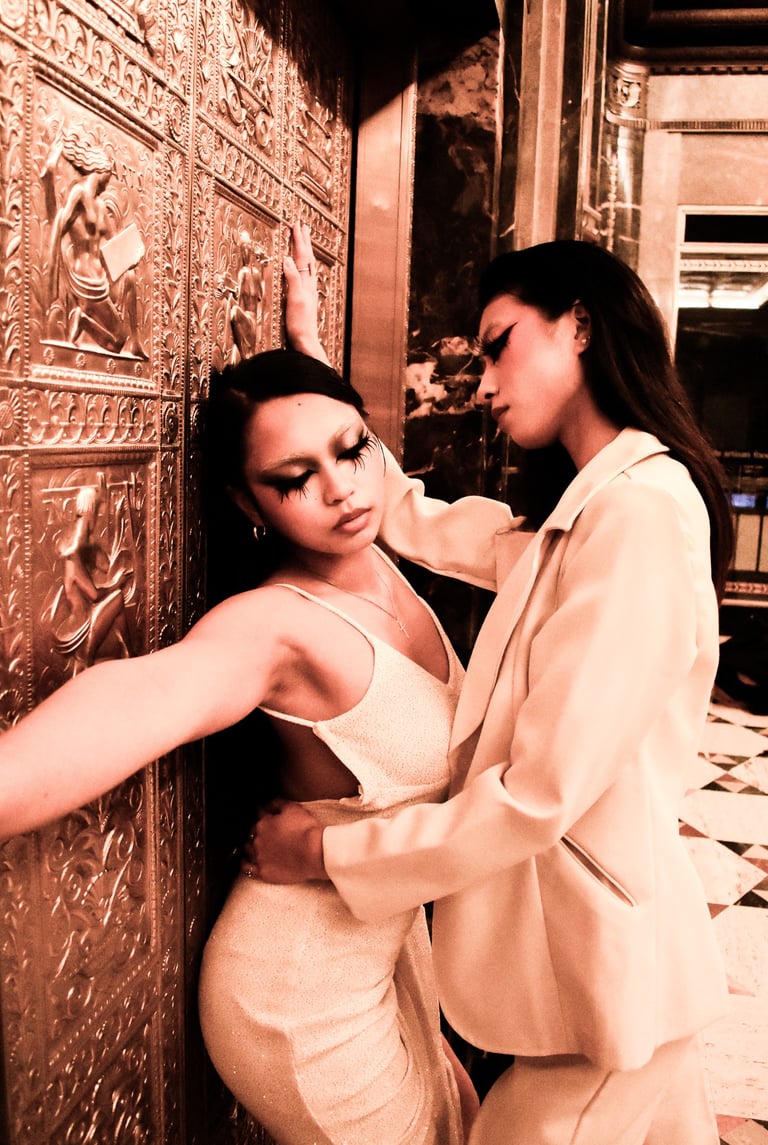

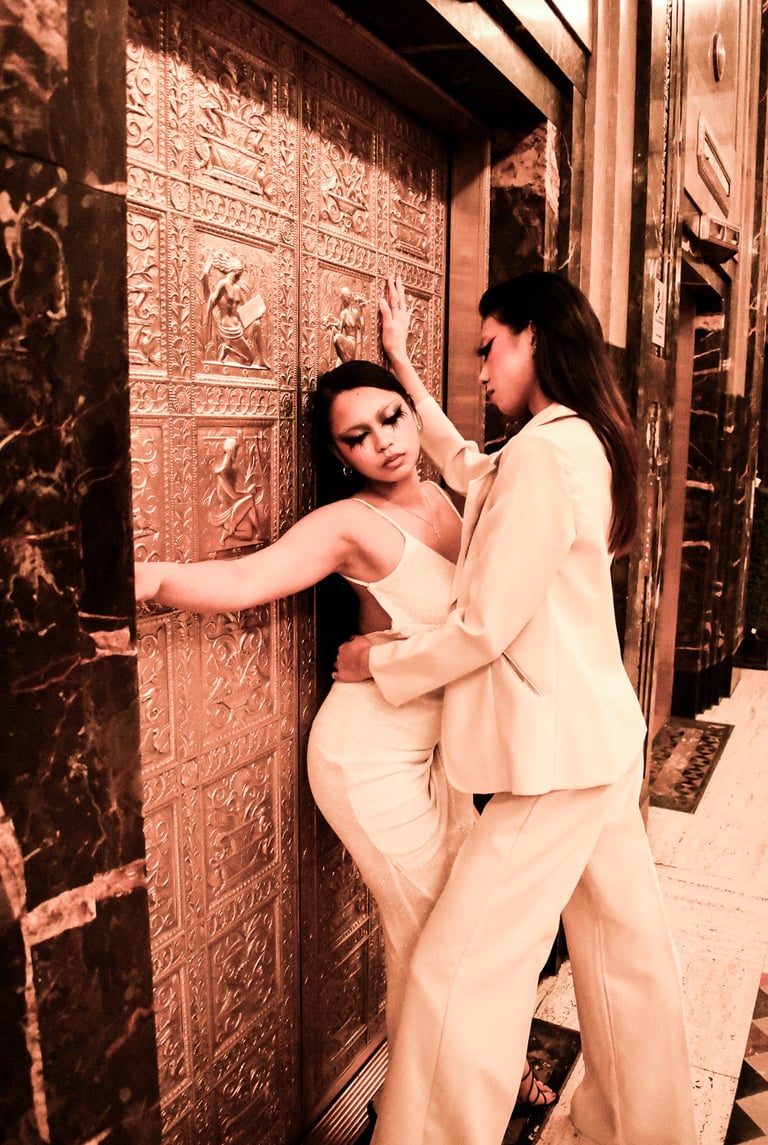

Loved by many, Newton was most certainly not loved by all and was met with incessant digs at his art; especially during the burgeoning feminist movement. Perhaps one of the most notable instances of opposition to Newton’s work was by famous writer and activist, Susan Sontag. In rebuttal to Newton stating that he loved women, Sontag said “the master adores his slave”, meaning that Newton only loved women because their bodies benefited him and his work. However, Newton’s wife, June, can be credited for encouraging him to include these famous portrayals of voyeurism, fetishism, and other related themes that have later become so highly controversial. Furthermore, this opposition was also shared in the media by figures such as Hilton Kramer of The New York Times, who stated that “the interest in fashion is indistinguishable from an interest in murder, pornography, and terror” for a piece in 1975. Though it can be said that Newton’s work pushed this envelope, it can be argued that his photography had nothing to do with violence and everything to do with the relationships between sex and power.
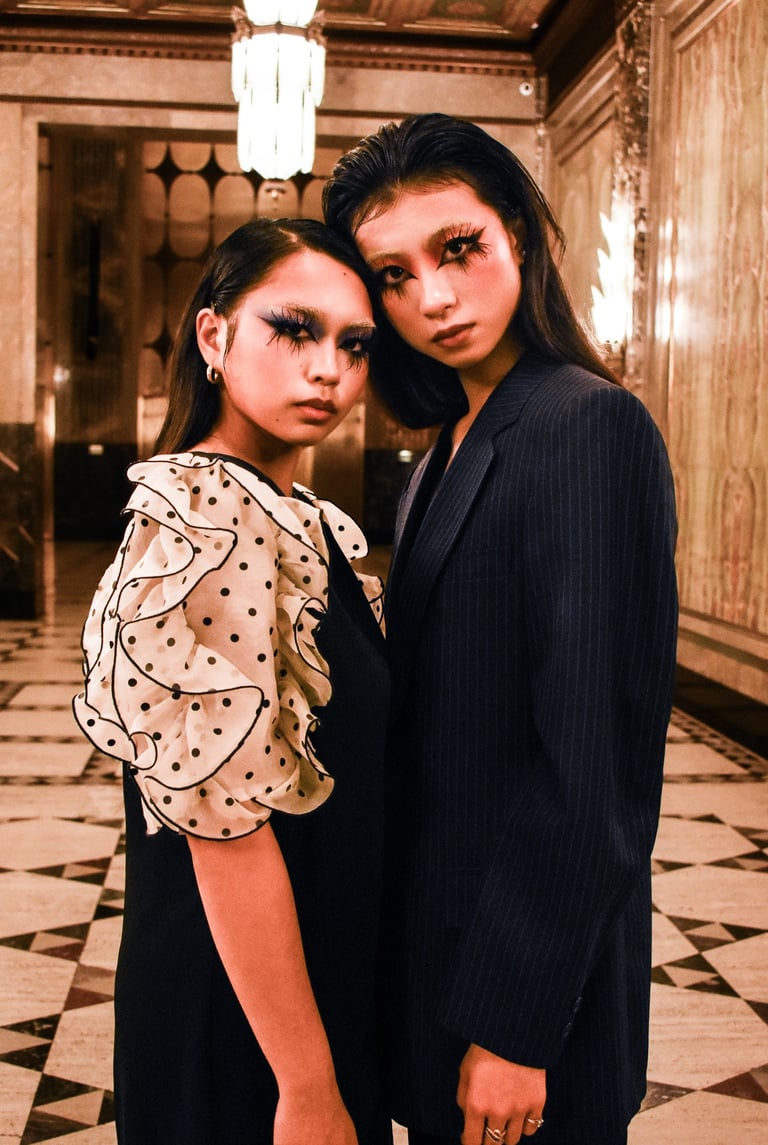

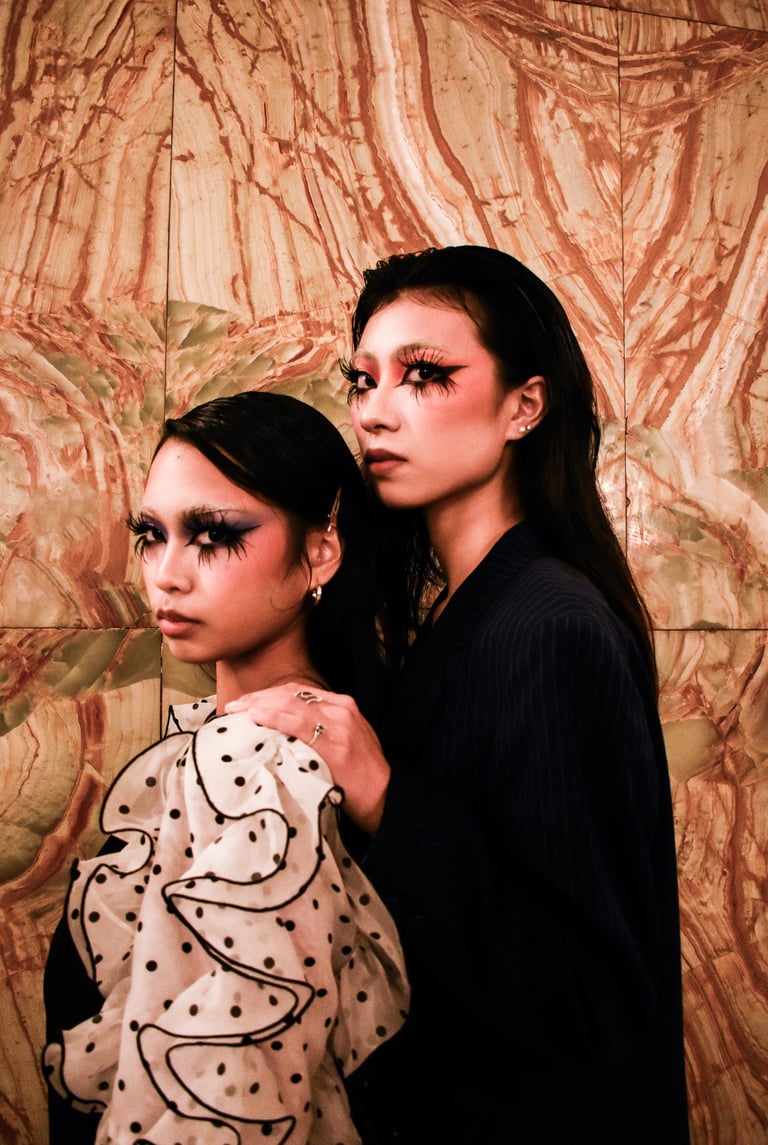

There is a misconception that depicting women in suggestive ways is inherently misogynistic and demeaning. However, by toying with the intrinsically sensual nature of clothing and usage of the nude female body, Helmut Newton proved that these portrayals of women can translate as bold, unapologetic, and beautiful. Whether it's believed that Newton is an exploiter of women or a pioneer in the fashion photography industry, his impact on art itself is unparalleled. All criticisms are viable and can ring true to a certain extent, but it’s glaringly clear that Newton sought to create art with no boundaries and did exactly that.
